
Vectors - Creative Basketball Labels 5
3 AI | +TIFF Preview | 60 MB
|

Vectors - Seamless Greek Borders 7
3 AI | +TIFF Preview | 56 MB
|
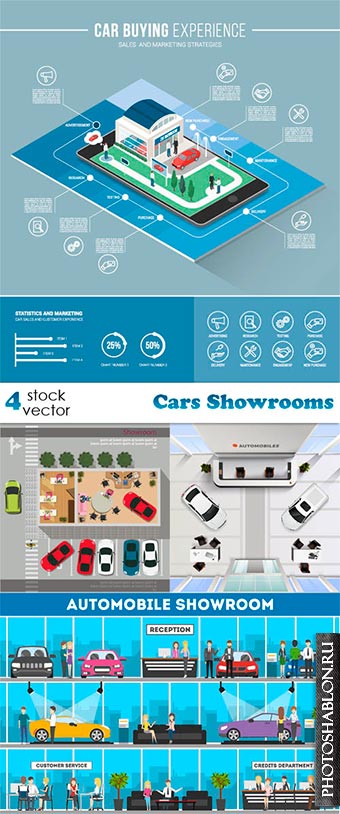
Vectors - Cars Showrooms
4 AI | +TIFF Preview | 91.98 Mb
|
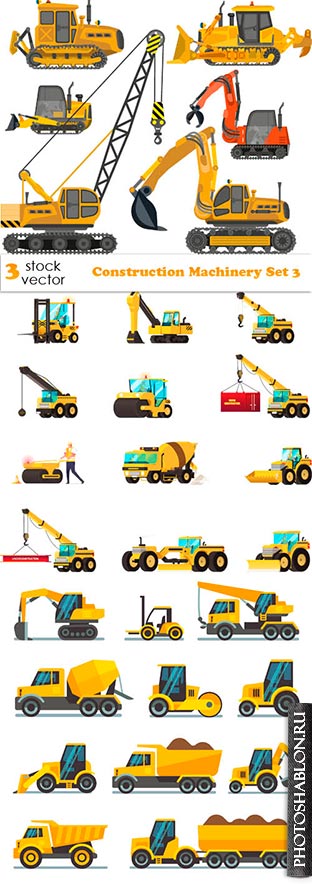
Векторный клипарт - Строительная техника / Vectors - Construction Machinery Set 3
3 AI | +TIFF Preview | 53.89 Mb
|

Векторный клипарт - Силуэты футболистов / Vectors - Silhouettes of Football Players 6
3 AI | +TIFF Preview | 47.86 Mb
|
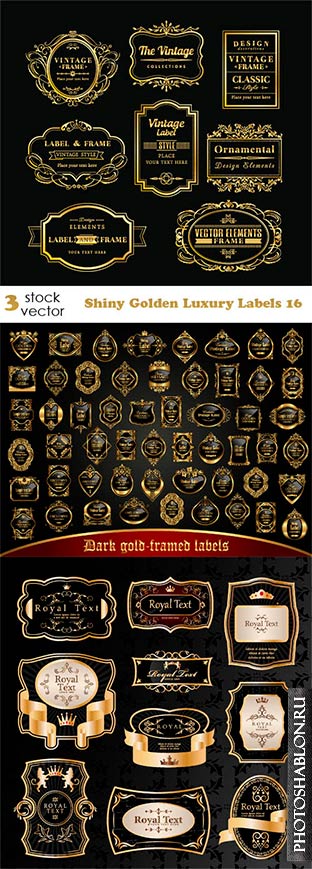
Vectors - Shiny Golden Luxury Labels 16
3 AI | +TIFF Preview | 70.48 Mb
|
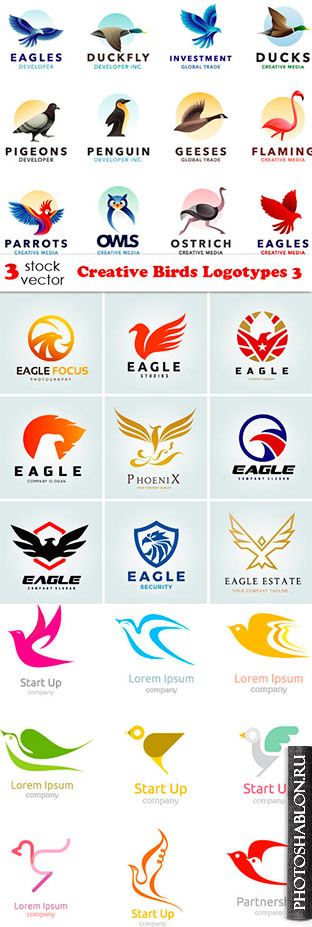
Векторные логотипы - Птицы / Vectors - Creative Birds Logotypes 3
3 AI | +TIFF Preview | 71.65 Mb
|

Vectors - Ornamental Floral Frames 35
5 AI | +TIFF Preview | 67 MB
|

Vectors - Real Estate Logo Set 67
5 AI | +TIFF Preview | 56 MB
|
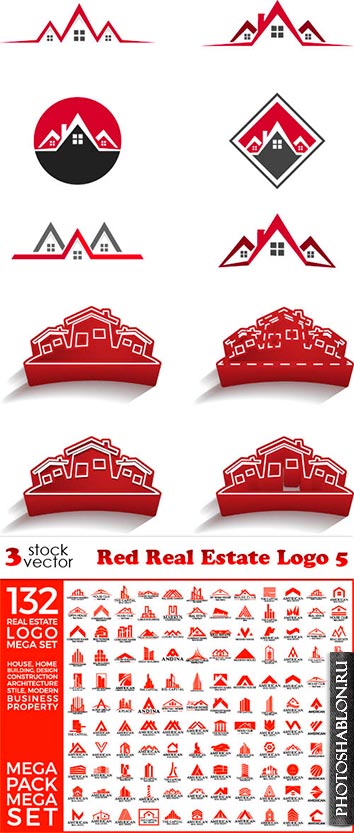
Vectors - Red Real Estate Logo 5
3 AI | +TIFF Preview | 76 MB
|
|
Векторная графика, в отличие от растровой, строится не на основе сетки пикселей, а на математическом описании геометрических объектов - линий, кривых, многоугольников. Это позволяет векторным изображениям масштабироваться до бесконечности без потери качества, оставаясь четкими и гладкими даже при многократном увеличении. Каждый элемент в векторном изображении - это независимый объект, который можно редактировать отдельно, изменяя его цвет, форму, размер, положение, и т.д. Это делает векторную графику идеальным выбором для создания логотипов, иллюстраций, шрифтов, и других изображений, где важна четкость и масштабируемость.
Одним из ключевых преимуществ векторной графики является её компактность. Поскольку векторные изображения описываются математическими формулами, а не информацией о каждом пикселе, файлы обычно значительно меньше по размеру, чем их растровые аналоги. Это особенно важно для веб-графики и анимации, где размер файла напрямую влияет на скорость загрузки страницы и производительность. Кроме того, векторные файлы легче редактировать и обновлять, поскольку изменение одного объекта не требует повторной обработки всего изображения, как в случае с растровой графикой.












